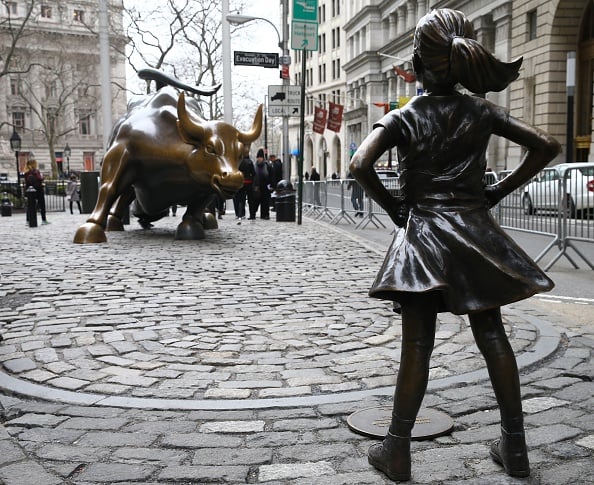Guerrilla Art: Improving Public Space
A French artist, “JR,” installed a giant cutout of an infant
peering over the U.S.-Mexico border wall shortly after President Trump’s announcement
to terminate the Deferred Action for Childhood Arrivals (DACA) program. This
instalment is an example of guerrilla art, or art displayed publicly without
permits from the government usually for political purposes. JR’s piece captures
the true purpose of DACA- fulfilling a child’s curiosity by providing the
opportunities for children illegal immigrants to have a better life in the United
States. What used to be a dull, prohibiting eyesore was transformed into a powerful, more attractive POI.
This specific guerrilla artwork was legally approved to be installed
on the Mexican side for a month, but many others are done illegally. Many argue
that for this reason, guerrilla art violates the public space and opinion.
Although some guerrilla artists take it to the extreme such as naked Donald
Trump statues, most others are an appropriate and nonverbal way of protest. In
fact, most public spaces are beautified and improved through guerrilla artists:
only professional artists have the resources and connections to ever produce
public art. For example, the “Charging Bull” of Wall Street done by Di Modica
portrayed the strength of the “Bull Market” and inspired Americans during the
harsh recession. Now, it is a popular New York City attraction and a stout
symbol of the city. You can almost think of it as a commissioned public art to
the city done free of charge by talented artists.
However, the political interpretations of guerrilla art
create conflict such as in case of the “Fearless Girl.” This guerrilla artwork
uses the “Charging Bull” as the male-dominant culture of Wall Street that the “Fearless
Girl” bravely stand up against. The controversy is that while the statue portrays
a message on feminist empowerment in the business workplace, it alters the
meaning of the “Charging Bull.” And I believe that this is the fascinating part
of guerrilla art: the very purpose of the “Peaking Infant” and “Fearless Girl”
is to start conversation. In starting these conversations, the interpretations
of the same artwork changes to better suit the society as it evolves. This is
the intent of guerrilla art- to challenge norms and express freely- all the
while improving public space.


Interesting post Wonyoung! I especially liked how you extended our conversation in class and put your own perspective on the topic of guerrilla art. It's also funny how we've been talking about DACA in Spanish and a piece of guerrilla art shows up concerning that specific issue. It just goes to show that everything is connected I guess.
ReplyDeleteGreat piece Wonyoung! I really like how you found another piece of guerilla art and found a way to connect it to the pieces we talked about in class!
ReplyDeleteWow that was a really interesting post Wonyoung! The concept that our interpretation of art changes over time is really interesting. You also did a great job tying what we learned during class to current events.
ReplyDeleteEchoing the previous commenters... Fantastic post! I thoroughly enjoyed your analysis of the pros and cons of geurilla art. Well done.
ReplyDelete